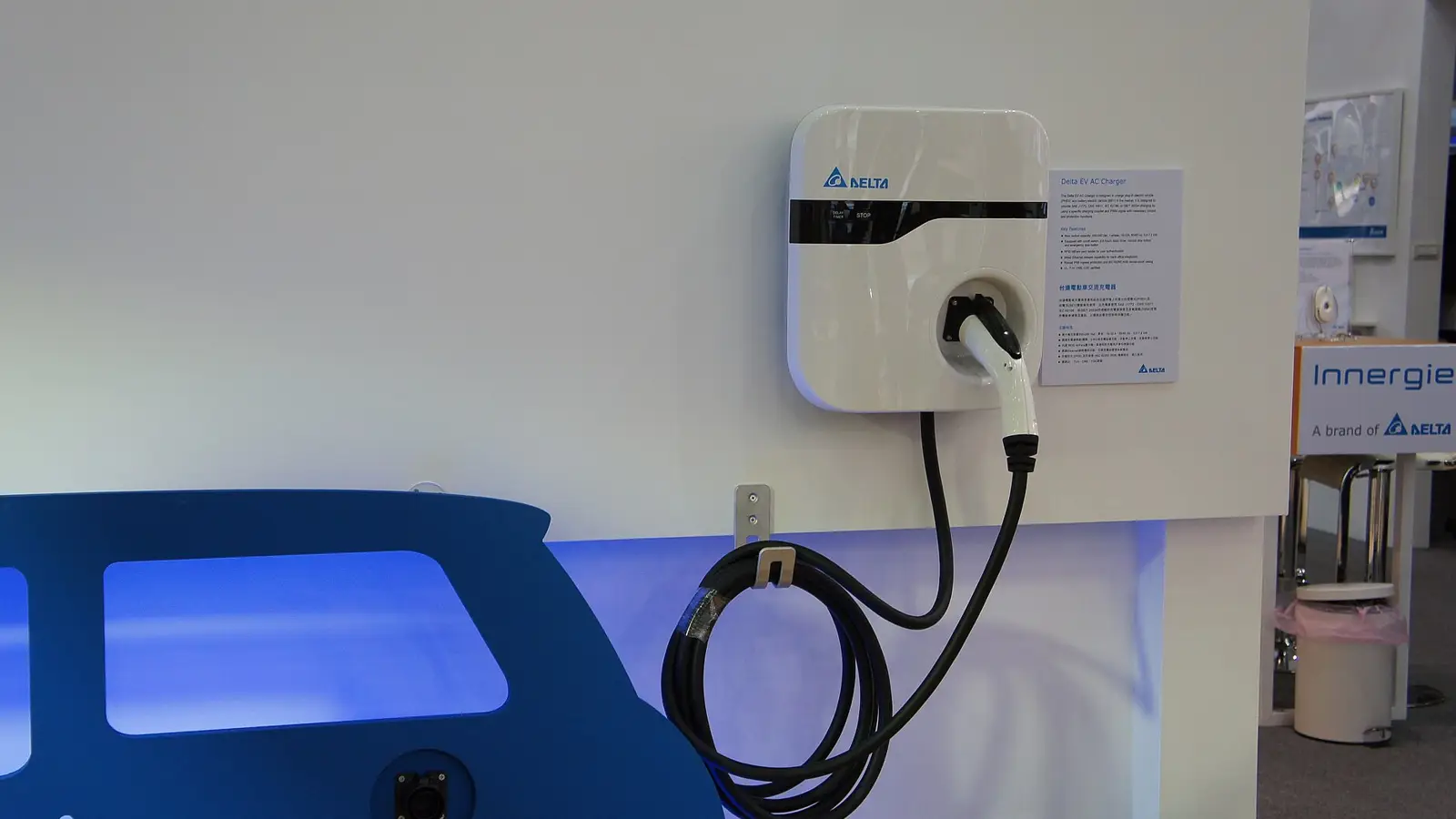News
Five Key Challenges in eLCV Fleet Electrification and Practical Solutions

Explore effective solutions to five common eLCV electrification challenges facing fleets, including charging infrastructure, power capacity, and operational cost control.
Electrifying light commercial vehicle (eLCV) fleets continues to pose challenges for businesses, yet innovative technologies and creative strategies are beginning to provide effective solutions.
A key issue facing companies is the high cost of installing home wallboxes, especially problematic when employees leave the company or relocate. Portable charging solutions from companies like Ohme, Mister EV, and NRGkick address this problem effectively. Their devices are compatible with various plug types, including standard household sockets and CEE outlets, enabling home charging without the expense of permanent installations. These solutions not only cut costs but can easily be reassigned when staffing changes occur, allowing businesses to avoid unnecessary infrastructure investments.
Another significant hurdle is insufficient power capacity at depot facilities, limiting rapid DC charging installation. TUAL's PowerUp Charger offers an innovative solution by integrating energy storage systems that charge during off-peak periods and can also utilize rooftop solar panels. The charger delivers up to 120 kW of DC power, providing ultra-fast charging whenever required. This approach eliminates the need for expensive infrastructure upgrades, facilitating quicker fleet electrification and allowing businesses to deploy the solution within 48 hours.
To motivate drivers to adopt home charging, companies are implementing services that eliminate financial risks. Solutions like FleetCor’s Mina and TMC’s Utility+ automatically track electricity costs associated with vehicle charging and settle payments directly with energy providers. This relieves drivers from financial burdens and prevents delays in reimbursements, ensuring a seamless transition to EV adoption.
Despite technological advancements, the high cost and limited range of eLCVs remain challenging. Some businesses have adapted by rethinking their workflow processes. Schindler, for example, has replaced some diesel vans with compact electric cars capable of towing tool trailers. Additionally, the company introduced FlexPoint hubs, mobile workshops where employees commute between job sites efficiently, significantly reducing operational costs. To further optimize operations, technicians travel from these hubs to customer locations using cargo bikes, minimizing the need for large vehicles in urban areas.
Finally, the challenge of limited electrical capacity in older buildings is being overcome through intelligent load balancing systems. These technologies distribute available power efficiently among charging vehicles, eliminating the need for costly electrical infrastructure upgrades. Companies such as Mer, bp pulse, ChargePoint, and Blink Charging provide solutions that dynamically adjust power allocation, ensuring all vehicles receive the charge they need before their next shift.
By leveraging these innovative strategies, businesses can accelerate their fleet electrification efforts while maintaining operational efficiency and controlling costs.
2025, Mar 19 09:34


